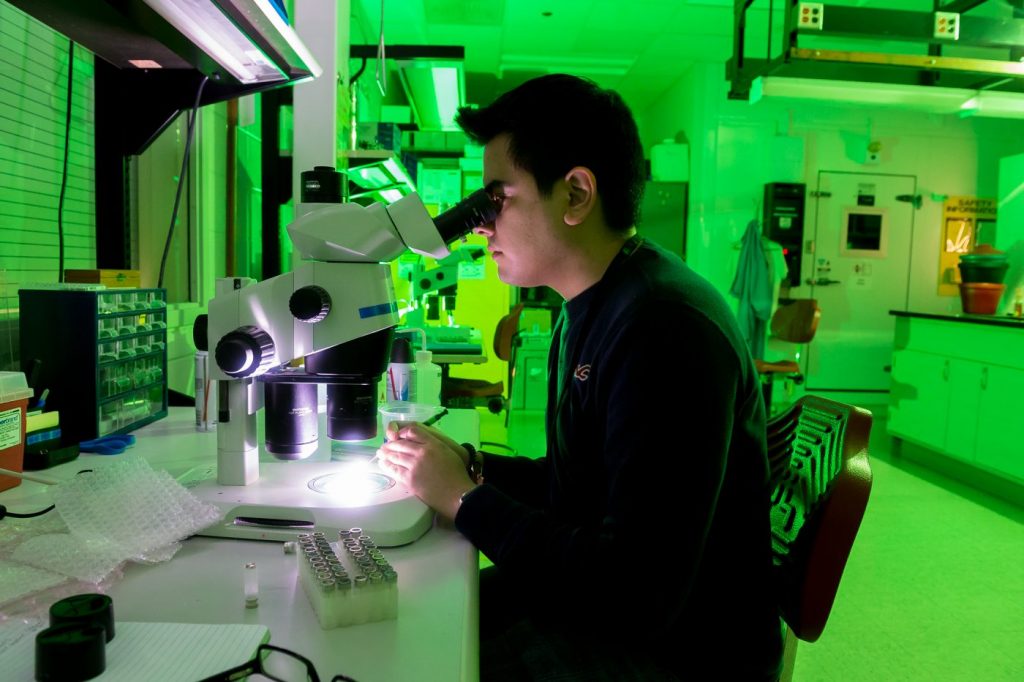Manufacturers are introducing more electric and hybrid vehicles and utilities are storing excess solar and wind power, creating high demand for lithium ion batteries far beyond consumer electronics. As a result, researchers are racing to improve the technology for new uses.
Argonne National Laboratory, located in former corn fields west of Chicago, is a hub for research into lithium ion (Li-ion) batteries. But its clients are no longer limited to the consumer electronics companies it has traditionally served.

The lab has licensed its research to General Motors, BASF, LG Chem and General Electric, all major players in making or using Li-ion batteries and all seeking ways to improve the technology. The goal is not just to find ways to prevent headline-grabbing fires in smart phones. Instead, researchers such as those at Argonne are working to tweak the chemical formulations, improve the systems that manage the batteries to optimize performance for new uses and extend the batteries’ lifetimes.
The reason? Demanding new applications that include 15 years of useful life in your electric car and 30 years for utility storage.
“When it comes to transportation, it’s not only energy; I also need power” from the battery, said Daniel Abraham, an Argonne senior scientist who has worked on battery research for nearly two decades. “I would like the car to accelerate as fast as possible. That is also different than what an electric grid needs. If I am capturing energy from the wind, I would like to capture energy as fast as possible. That means I need to have high charge capability.”
“Linking all three levels of simulation and control – nano, mesoscale and system-wide – so that the atomic structure of a battery can be understood in the context of a total system’s performance is the ultimate goal,” Argonne’s Abraham said. “At the present time, it’s not there yet.”
Most in the industry believe sustained gains can be made, however, meaning that less time-consuming physical testing will have to take place. Less physical testing should open the technology to use in more applications.
Editor’s Notes:
This is an excerpt from an article written by William J. Holstein that first appeared in Dassault Systemes’ Compass Magazine. To read the entire article, click here.
Dassault Systèmes is exhibiting in the Electric & Hybrid Vehicle Technology Expo this week as part of The Battery Show , held at the Suburban Collection Showplace in Novi, Michigan. Dassault Systèmes (Booth 549) will demonstrate Systems Engineering, Mechatronics and Simulation solutions to accelerate the design and creation of electronic, autonomous and connected vehicles including battery power systems available via its 3DEXPERIENCE platform.

